When you first start out paddle boarding it is inevitable that you will eventually fall off your board and into the water.
Now for most of us unless the water is icy cold this isn’t a huge concern.
However what happens if you can’t swim?
Should you even step foot in the water with a paddle board if you can’t swim?
Well for me the short answer is yes but of course there are some caveats to take into account.
You can paddle board if you don’t have the ability to swim, however, I would only recommend that you paddle board in deeper waters if you are able to tread water comfortably, so that you have time to pull your board back to you and climb on.
In the grand scheme of things being able to swim is not something that is required at all when paddle boarding as you should always have a leash to pull your board back to you which will negate the need to swim anywhere.
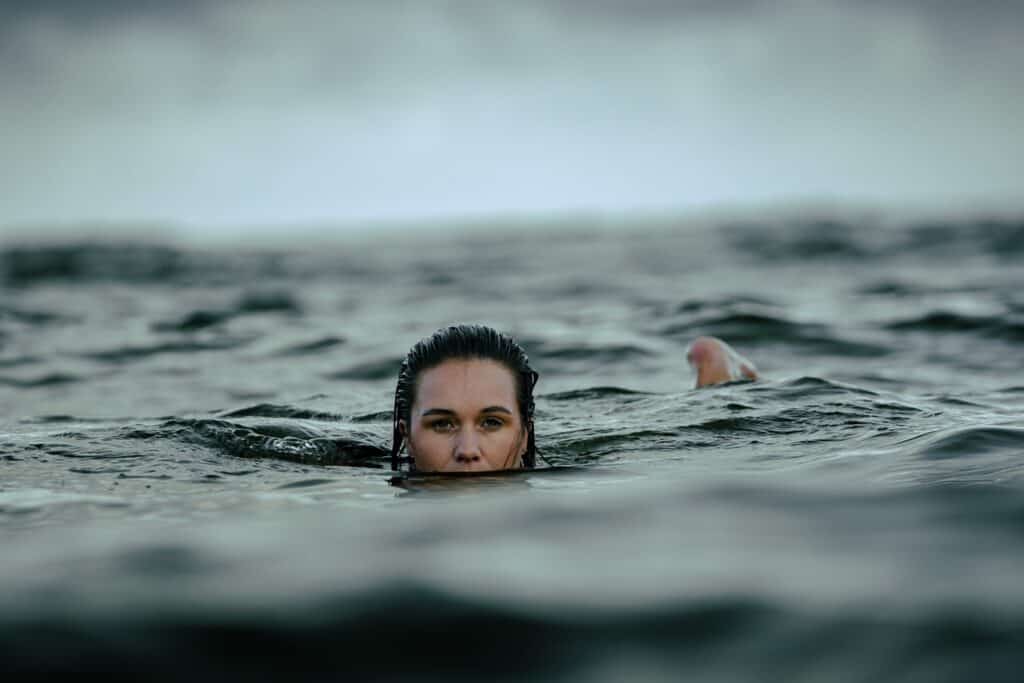
With that being said though if you can’t tread water comfortably then you will struggle to paddle board in deeper waters.
For those of you who are unsure on what treading water is, it is the process where you kick your legs back and forward below you to keep your head above water when you are too deep to touch the bottom.
Obviously there will be a few seconds from the moment you fall off to the moment that you can kick your board back towards you.
If you can’t tread water to keep yourself afloat you will most likely panic which is when issues will arise.
Can’t Swim or Tread Water?
So what do we do if you can’t swim or tread water?
Well firstly I would strongly urge you to get some swimming lessons and learn the basics of treading water as it will undoubtedly make you more confident in the water and improve your water safety.
Failing that we can stick to waters that are around waist to chest deep.
This ensures that we are in deep enough water that we won’t fall off and collide with the bottom and it also means we don’t run the risk of grounding our boards and damaging things such as fins, rails etc..
How To Determine How Deep The Water Is
Well the first and most obvious way to determine how deep the water is to wade out with your board and when you notice the water is around waist high, simply jump and begin paddling round ensuring you maintain the same distance from the water’s edge.
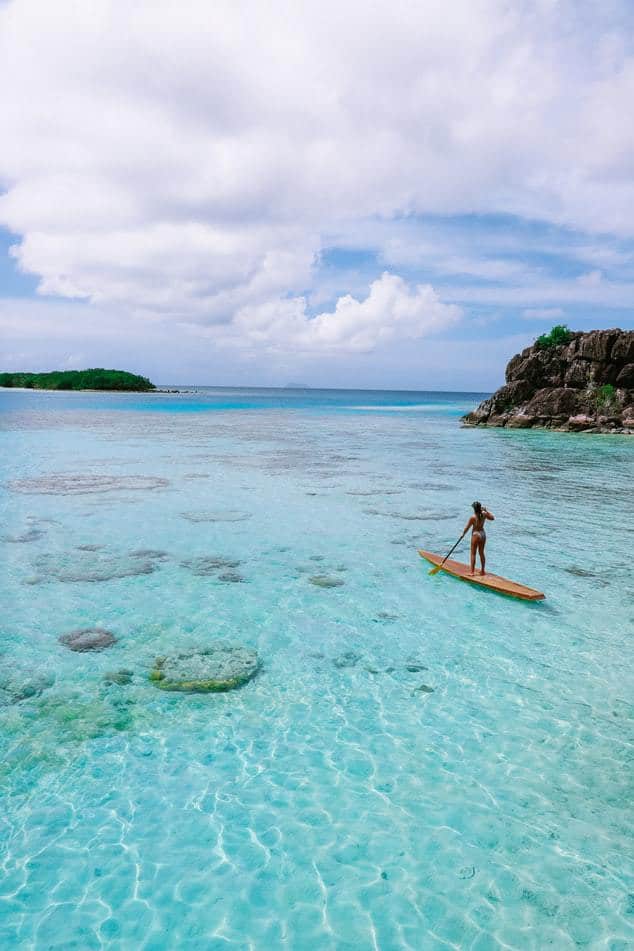
The safest way to ensure the water is not too deep is to stick in areas such as rivers or lagoons where there are often markings to indicate depth and you know generally speaking both of these bodies of water are shallow.
Wear a Floatation Device
If you can’t tread water and can’t find a good shallower area to enjoy the wonders of paddleboarding then the next step is to wear a floatation device.
If you go and hire a paddle board then there is a good chance that they will provide you with a floatation device of some description anyway.
This is often for insurance reasons but the outcome is the same.
At Sup2you.co.uk we include buoyancy aid with every junior board and and also offer them with every adult board hire should the hirer require them.
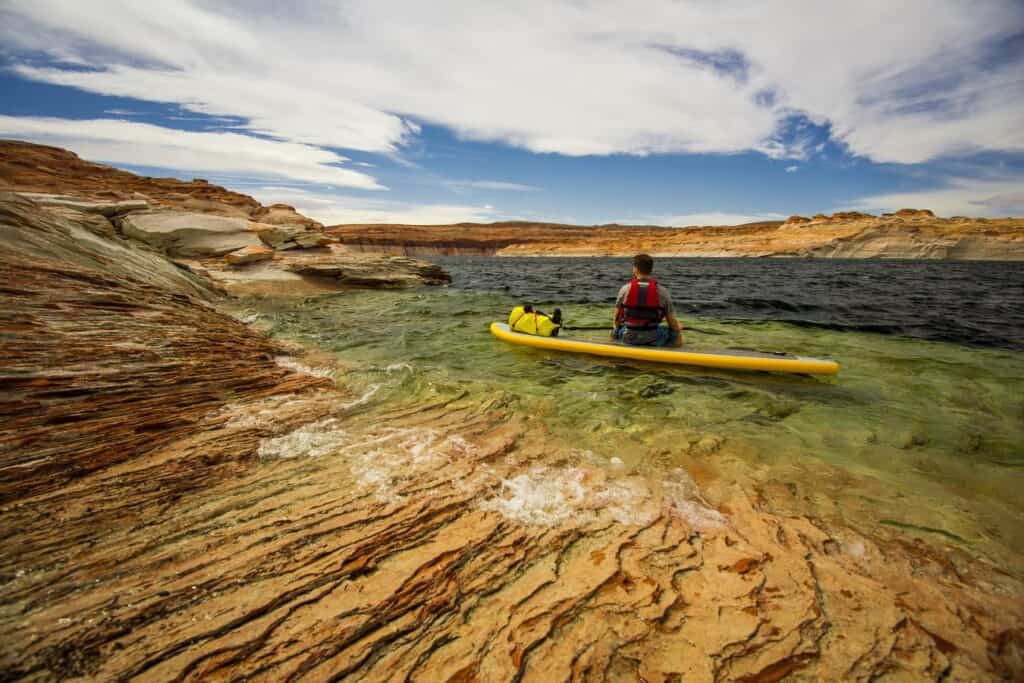
There is one misconception surrounding this area though.
Many people believe when they hire these boards that they are receiving a life jacket.
This however, is not the case.
More often than not when hiring a board you are supplied with a buoyancy aid and not a life jacket.
So what’s the difference?
Well
A life jacket is designed to keep a person afloat without the need for swimming, they are also often fitted with collars to ensure that if a person was rendered unconscious in the water their head would remain out of the water.
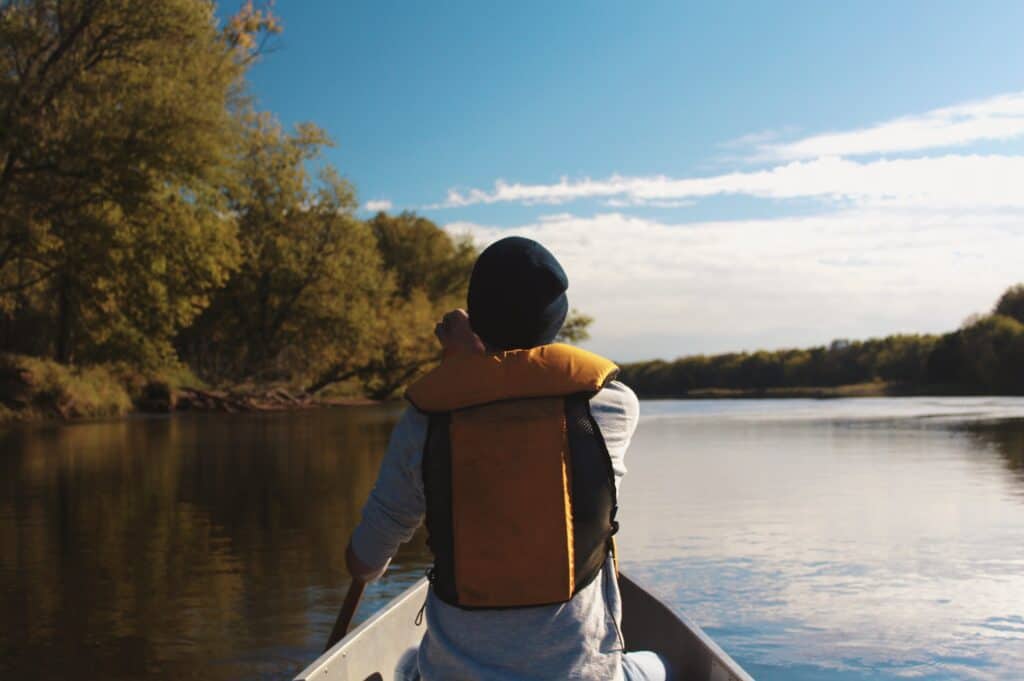
A floatation device is designed to assist with keeping a person afloat when swimming, this means the wearer must still have some ability to swim or atleast tread water.
Now while I recommend that when paddleboarding you ensure you are wearing a floatation device, just remember that buoyancy aids on their own will not always keep you afloat and most businesses will not issue life jackets.
Which Board Should You Go For If You Can’t Swim
If you can’t swim and can’t tread water the next and only option we have left is to limit the amount of times you fall off.
Now you may be a tad confused as to how exactly you would do that.
Well the easiest way to reduce the amount of times you fall off is to ensure the board you hire or purchase is large in width.
I would suggest you when picking out a board you want to look for a board that is around the 10’6” mark with a width of 31”-34”.
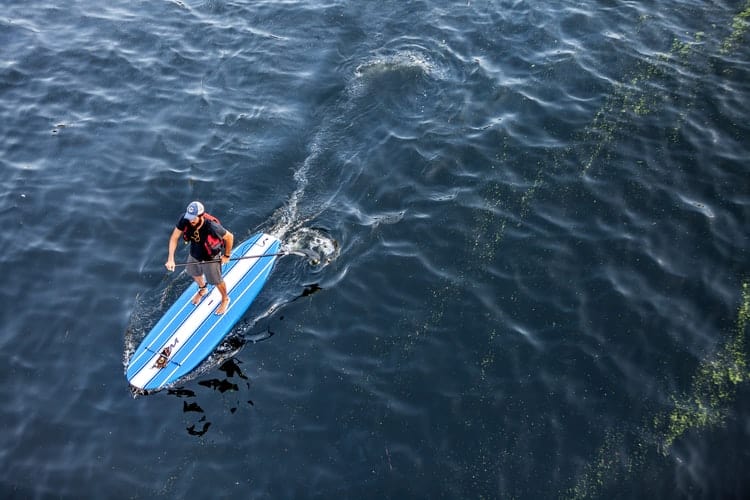
This length tends to be a sweet spot for all paddle boarding activities and the width ensures the board is very stable.
You shouldn’t have any trouble finding a board to meet these requirements as most all-rounder boards come in around these measurements.
If you are UK based and want to try a board then feel free to hire a board through me over at Sup2You.co.uk.
If you want to purchase your own board to get out there and start enjoying your own adventures you can read my article on beginner boards here.
Alternatively head over to my recommended gear page for my up to date top picks.
